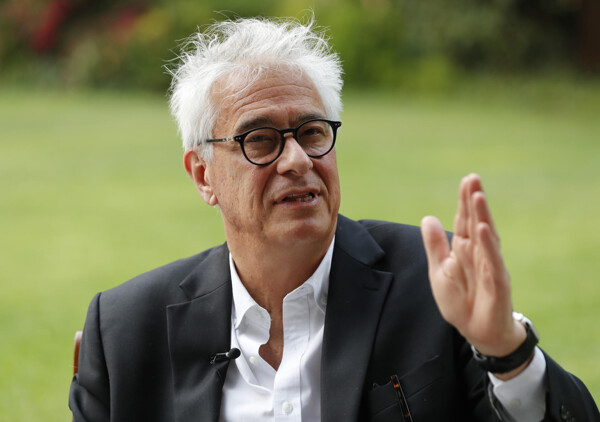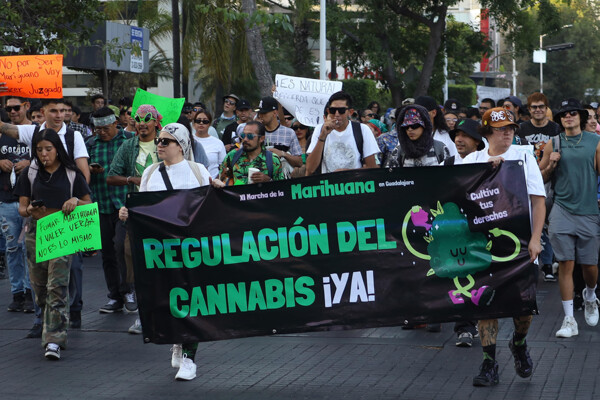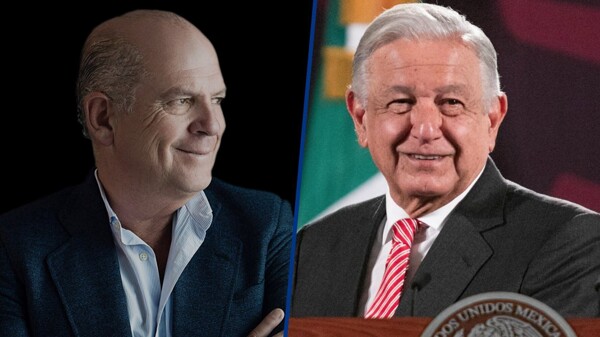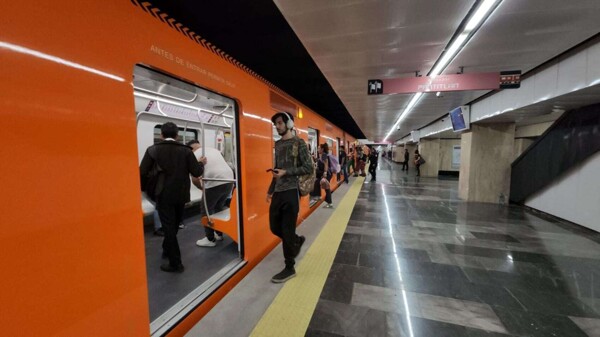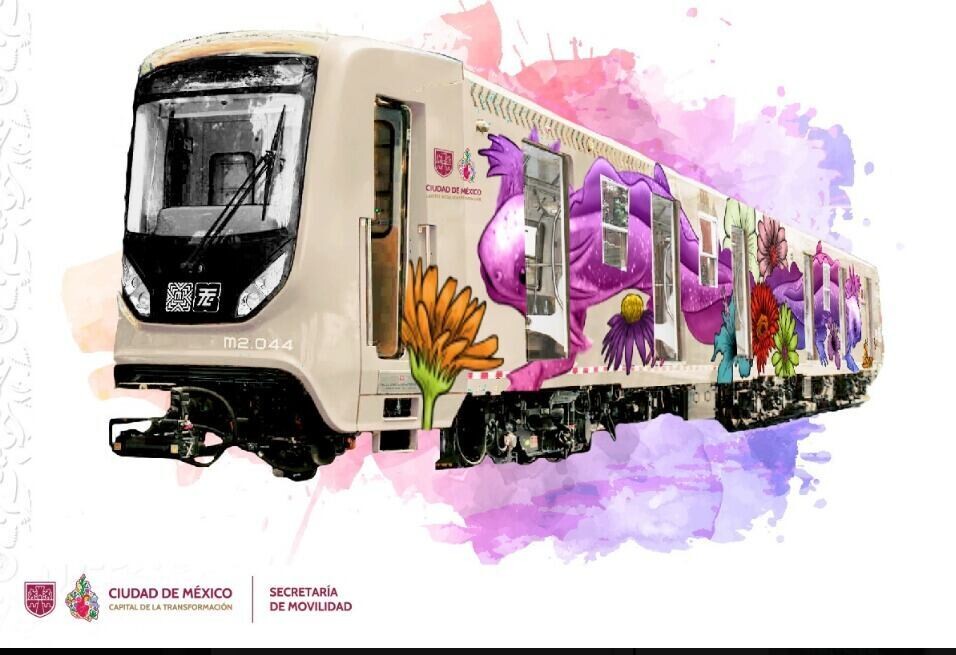
In the run-up to the 2026 Football World Cup, where Mexico City will be a host, the head of government announced important transport and mobility projects in the south during an assembly in Santa Úrsula. It was reported that the units of the Light Rail, known as 'El Ajolote', will be improved, adding 17 new ones to increase transport capacity between Xochimilco and Taxqueña.
The governor detailed that a new Trolleybus route will be established connecting Huipulco and Ciudad Universitaria, due to its proximity to the Banorte Stadium. Other projects include the renovation of the Cetram of Huipulco, the revitalization of the Coyosauria dinosaur park, and the rehabilitation of seven wells. In addition, water and drainage services in the Santa Úrsula Coapa area will be improved.
Regarding sustainable mobility, four projects were presented during the Citizen Assembly in Santa Úrsula Coapa, including the construction of the bike lane on Calzada de Tlapan, the remodeling of the CETRAM Huipulco, the Light Rail Tasqueña-Xochimilco, and the expansion of the Trolleybus Line 14 Huipulco-CU, as part of the transformation in mobility being carried out in the city.
The head of government indicated that the new Trolleybus line will run from Metro Universidad to the Cetram of Huipulco, without specifying the exact route. New electric buses will be purchased to ensure the service is independent of Trolleybus Line 12, which currently operates on Avenida Aztecas, in the south of CDMX.
It is expected that with the investments made, public transport in Mexico City will become a source of pride and encourage its use over automobiles, as part of a state policy that seeks to promote social, environmental, and territorial justice. The aspiration is that people who own cars consider using electric transport options on certain occasions, thus contributing to the improvement of mobility in the Mexican capital.











